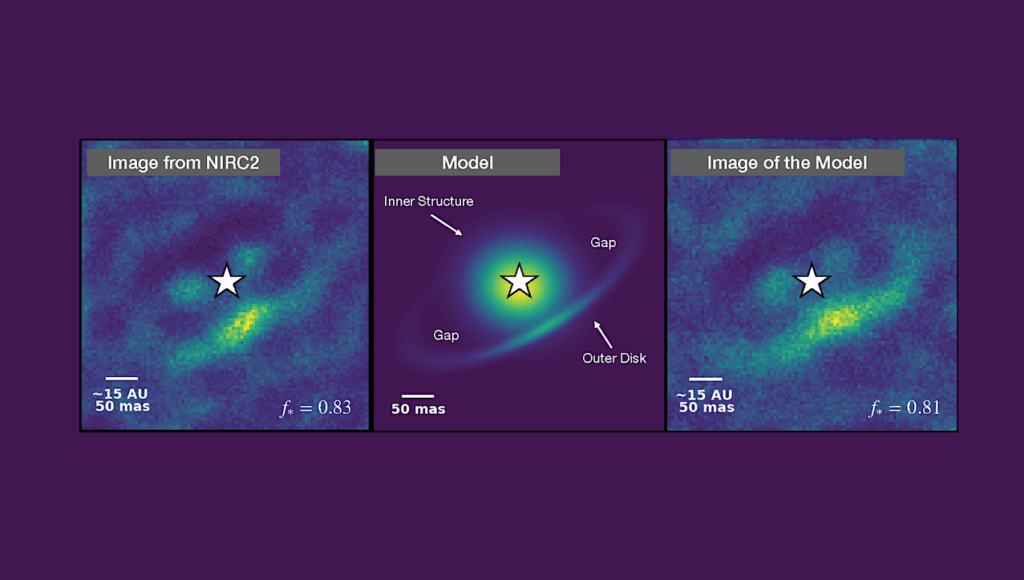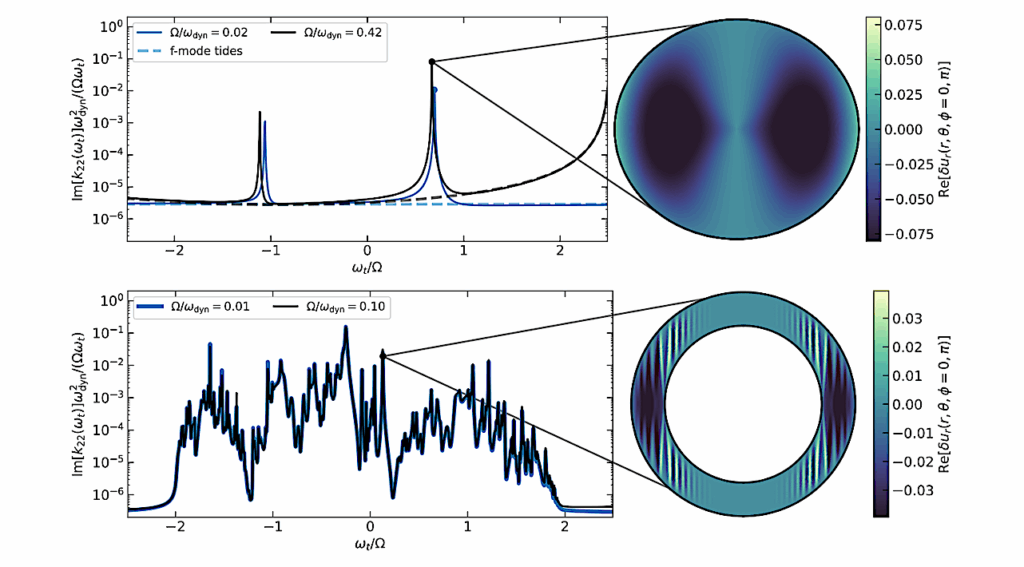Transit Least-squares Survey IV. Earth-like Transiting Planets Expected From The PLATO Mission

In its long-duration observation phase, the PLATO satellite will observe two non-overlapping fields for a total of 4 yr. The exact duration of each pointing will be determined 2 yr before launch.
Previous estimates of PLATO’s yield of Earth-sized planets in the habitable zones (HZs) around solar-type stars ranged between 6 and 280. We use the PLATO Solar-like Light curve Simulator (PSLS) to simulate light curves with transiting planets around bright (m_V > 11) Sun-like stars at a cadence of 25 s, roughly representative of the >15,000 targets in PLATO’s high-priority P1 sample (mostly F5-K7 dwarfs and sub-dwarfs). Our study includes light curves generated from synchronous observations of 6, 12, 18, and 24 of PLATO’s 12 cm aperture cameras over both 2 yr and 3 yr of continuous observations.
Automated detrending is done with the Wotan software and post-detrending transit detection is performed with the Transit Least Squares (TLS) algorithm. We scale the true positive rates (TPRs) with the expected number of stars in the P1 sample and with modern estimates of the exoplanet occurrence rates and predict the detection of planets with 0.5 R_E <= R_p <= 1.5 R_E in the HZs around F5-K7 dwarf stars.
For the (2 yr + 2 yr) long-duration observation phase strategy we predict 11-34 detections, for the (3 yr + 1 yr) strategy we predict 8-25 discoveries. Our study of the effects of stellar variability on shallow transits of Earth-like planets illustrates that our estimates of PLATO’s planet yield, which we derive using a photometrically quiet star like the Sun, must be seen as upper limits. In conclusion, PLATO’s detection of about a dozen Earth-sized planets in the HZs around solar-type stars will mean a major contribution to this yet poorly sampled part of the exoplanet parameter space with Earth-like planets.
René Heller (1,2), Jan-Vincent Harre (3), Réza Samadi (4) ((1) Max Planck Institute for Solar System Research, Göttingen, (2) Institut für Astrophysik, Georg-August-Universität Göttingen, (3) Institute of Planetary Research, German Aerospace Center, (4) LESIA, Observatoire de Paris)
Comments: submitted for peer-review, referee comments included, 19 pages, 17 Figures (16 col., 1 b/w), 2 Tables
Subjects: Earth and Planetary Astrophysics (astro-ph.EP); Instrumentation and Methods for Astrophysics (astro-ph.IM); Solar and Stellar Astrophysics (astro-ph.SR)
Cite as: arXiv:2206.02071 [astro-ph.EP] (or arXiv:2206.02071v1 [astro-ph.EP] for this version)
https://doi.org/10.48550/arXiv.2206.02071
Focus to learn more
Submission history
From: René Heller
[v1] Sat, 4 Jun 2022 23:35:58 UTC (9,464 KB)
https://arxiv.org/abs/2206.02071
Astrobiology,








